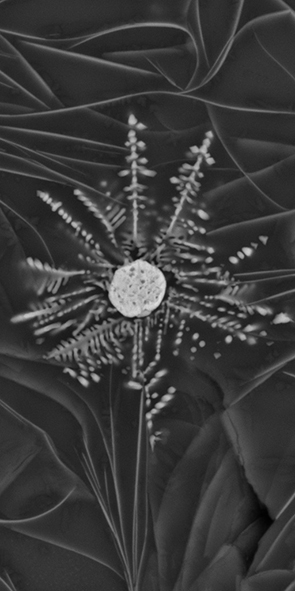Bronze Age metallurgical slags from the South Urals: types, mineralogy and copper sources
DOI:
https://doi.org/10.13133/2239-1002/17314Abstract
In the paper, an investigation of copper metallurgical slags found in the South Urals and dating to the Bronze Age between 4000 and 1300 BCE is carried out. Four main mineralogical types are distinguished according to their mineral composition: Cr-rich spinel containing olivine, sulphide-containing olivine, sulphide containing glassy and pyroxene type. First type of slags is composed of zoned olivine, magnetite and glass having relicts of Cr-rich spinels and serpentinites that indicate the use of azurite-malachite ores from ultrabasic rocks. These finds were determined in sites of the Early Yamna period in the Cis-Urals and are widespread in Sintashta culture. The second type is composed of skeletal olivine crystals, magnetite and wüstite with copper sulphides droplets. It type belongs to Alakul period. The raw material sources are sulphide ores from a secondary enrichment zone of VMS, skarn and Cu-porphyry deposits. The sulphide containing glassy type is mainly composed of glass with copper and sulphide droplets. The slags were recovered in the Srubna sites. The raw material sources were rich sulphide ores of cupriferous sandstones. The pyroxene type is composed of augite, pigeonite and/or wollastonite with a small amount of glass and sulphide inclusions. According to the composition of glass, slags can be distinguished into the Cis-Uralian type, including cupriferous sandstones, and Trans-Uralian type having various volcanogenic-hydrothermal deposits as raw materials. Essential Ca, P, Ba and REE impurities in slag glass demonstrate the use of barite, calcite and bone fluxes. The phase diagrams, crystallisation temperatures and experimental data revealed that slag melt temperatures ranged between 1150–1300 ° C.

Published
Issue
Section
License
Copyright (c) 2021 Periodico di Mineralogia

This work is licensed under a Creative Commons Attribution 4.0 International License.

